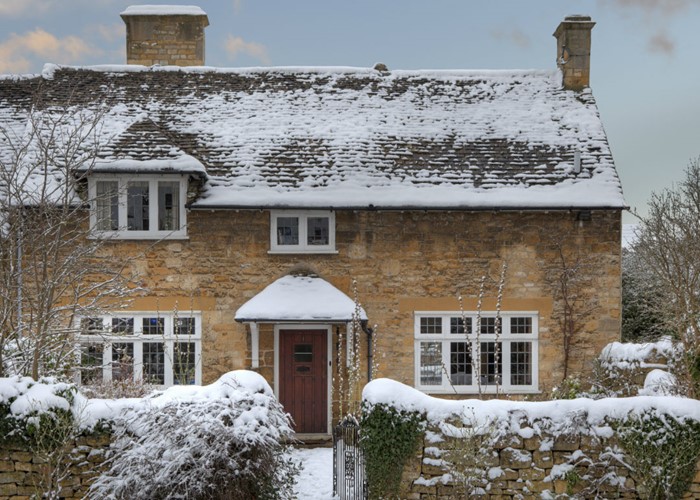Buy--to-let mortgage rates in 2009

How's the buy-to-let mortgage market shaping up in 2009?
Over the past year, landlords have been hugely affected by the credit crunch with lenders drastically tightening criteria.
So what does 2009 hold for landlords?
Arrears and repossessions
According to the Council of Mortgage Lenders (CML), buy-to-let arrears have overtaken general arrears for the first time ever, with 1.58% of all buy-to-let mortgages in arrears at the last count.
Repossessions were also up and look set to continue rising. The CML forecast for 2009 said that the number of repossessions could hit 75,000 and it predicted that ‘a sizeable share is expected to be buy-to-let mortgages’.
Why are landlords struggling so much?
When a landlord comes to end of a deal, like a fixed rate, they do not have the same choice of deals available. The number of buy-to-let mortgages has been decimated, dropping 93% in the last 18 months according to Moneyfacts to just over 250.
In addition lenders have tightened criteria, most notably the maximum loan-to-value (LTV) ratios they will lend to. Back in 2007, it was common to get a buy-to-let mortgage at 85% LTV or even 90% -- in other words with a deposit (or equity stake) of just 10% or 15% of the property price. Now landlords need at least 20% in order to even qualify for a deal -- and even then it will not be cheap.
What about minimum rental income?
When a lender works out if you can afford a buy-to-let mortgage they do not base it on your income, since that could be going to pay off a residential mortgage (on your home). With buy-to-let, the expected rental income for tenants should be sufficient to repay the monthly mortgage -- and then some. The extra needed is to give you a buffer against void periods in between tenants or maintenance costs.
Two years ago a lender would offer you a deal if your expected rental income (as determined by a valuer) covered 110% of your monthly mortgage repayments. Now this has risen to an average of 125% or 130%. And many of the lenders which had reduced the buffer you needed on rental income have gone bust.
This means existing landlords looking to remortgage in 2009 might find that their rental income does not stack up anymore. If this is the case they will either have to increase their rent (which may be impossible), or go on to their lender’s default Standard Variable Rate. This is likely to be much more expensive – indeed, too expensive for some.
Perhaps if landlords were able to remortgage onto more affordable deals, arrears wouldn’t have risen so dramatically over the past years.
Then again, if arrears hadn’t risen, landlords would probably have been able to get more affordable deals today.
Either way you look at it, it’s bad news for buy-to-let borrowers.
Any good news?
Decreases in Base Rate have meant that any borrowers on a tracker mortgage have seen their repayments fall, as will have many borrowers who had been forced to go onto their lender’s SVR. Fixed rates are also slowly coming down.
The Mortgage Works this week launched a new range starting at 3.49% for a one-year fixed rate and 4.49% for a two-year deal, and its rates are competitive. Before you get too excited both of these deals do come with high fees of up to 3.5% of the loan amount respectively. Ouch!
However, the lender offers different rate and fee combinations, so if a high fee doesn’t suit you there are other choices. Its two-year fixed rates are listed below (up to 70% LTV), illustrating how you can choose a rate/fee combination to suit your needs.
The Mortgage Works two-year fixed rate buy to let mortgages up to 70% LTV:
| Rate | Fee |
|---|---|
| 4.49% | 3.50% of loan amount (min £595) |
| 4.99% | 2.50% of loan amount (min £595) |
| 5.49% | 1.50% of loan amount (min £595) |
| 5.99% | 0.50% of loan amount (min £595) |
| 6.24% | Fee-free |
Other low rate options come from BM Solutions, which has a two-year tracker mortgage at 4.69% with a 1.5% fee available up to 60% loan to value.
And Cheltenham & Gloucester is offering a two-year fixed rate at 4.99% with an arrangement fee of 2.5% of the loan, available up to 60% LTV. Plus it has a three-year tracker at 4.69% up to 60% LTV (or 4.99% up to 75% LTV) with a 2.5% fee.
High LTV borrowing
Buy-to-let borrowers with less than 20% equity or deposit will not find any new deals available to them, but there is one deal at 80% LTV.
Sister lenders Yorkshire and Clydesdale Bank have a five-year fixed rate on offer at 7.24% with a fee of £999. No, it isn’t a good rate but it’s the only one I could find for those needing to borrow at this level. If you know of any others, please let us know.
Top tips for buy-to-let landlords
- Overpay your mortgage if you can, as it could help get your LTV ratio down and open up more deals to you
- Your lender’s SVR may or may not offer good value. Do shop around to make sure there isn’t a better deal available if you are coming to the end of a deal.
- Visit a broker as the best deals on the market are currently via intermediary-only lenders.
Use our award-winning mortgage service to find a new buy-to-let mortgage!
Comments
Be the first to comment
Do you want to comment on this article? You need to be signed in for this feature